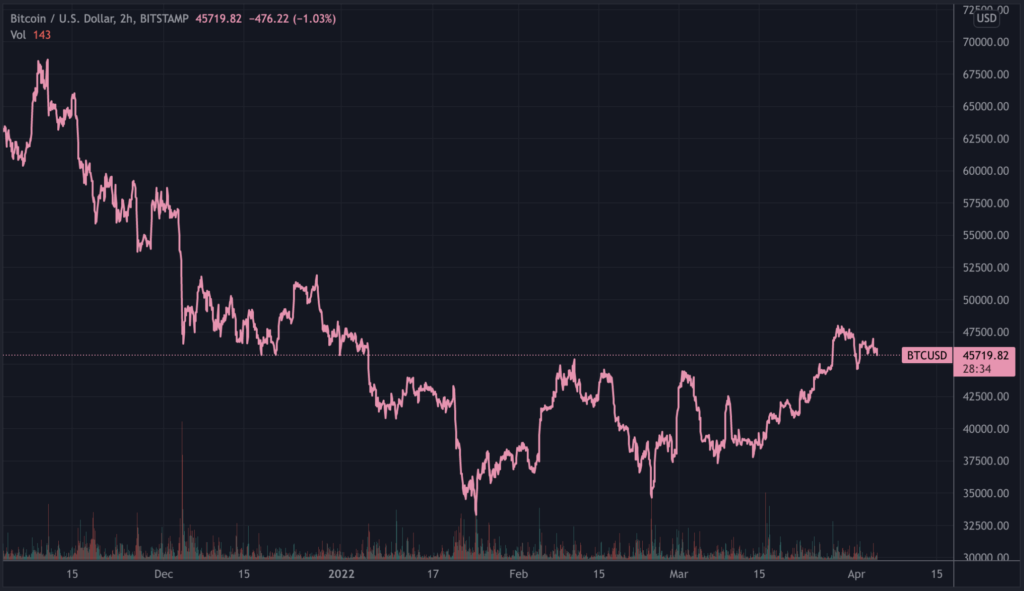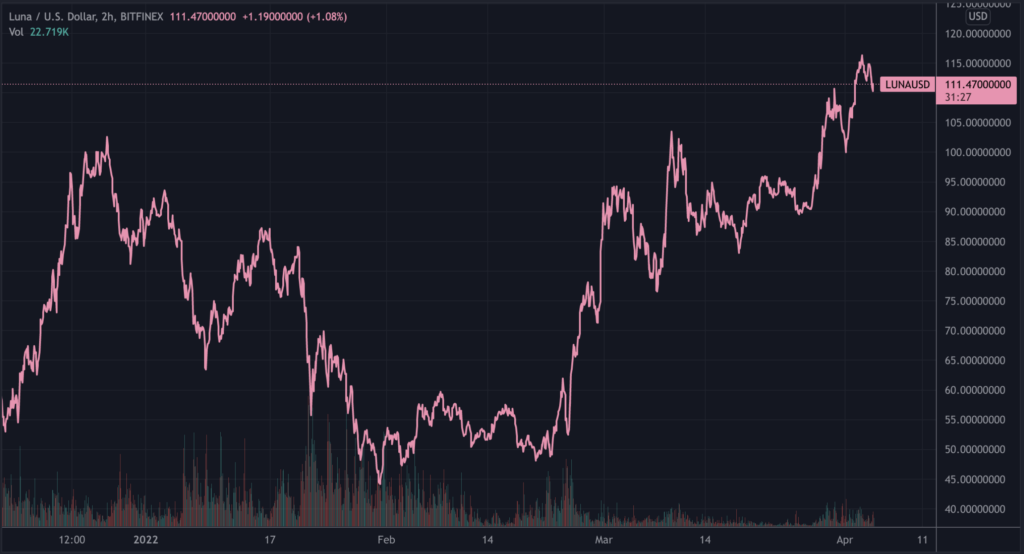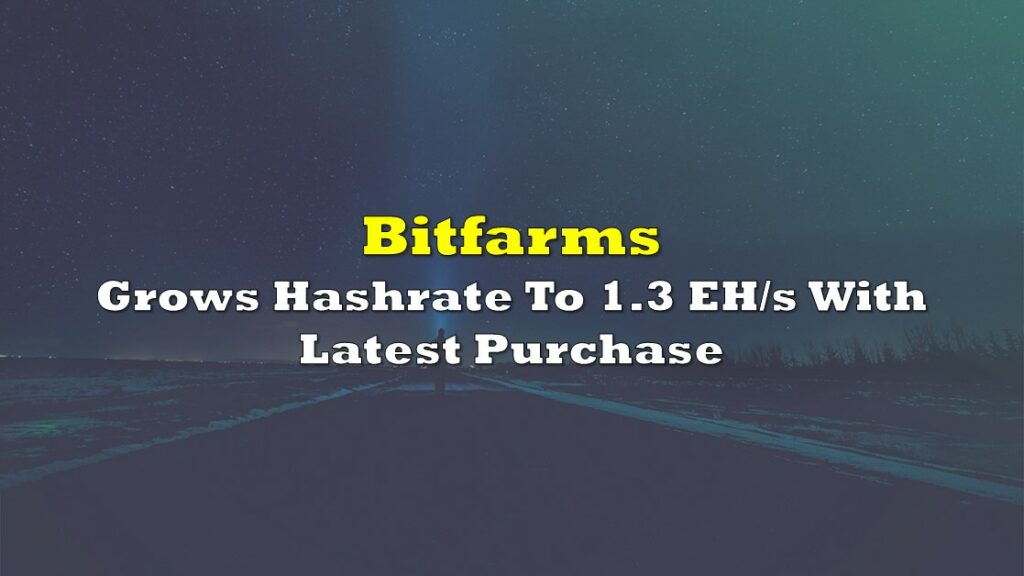The price of bitcoin is finally showing signs of a rebound, rising above $45,000 for the first time since the beginning of the year. The sudden increase is partially due to a recent shopping spree by stablecoin issuer Terra, which has been diversifying its crypto reserves to back its stablecoin UST.

The Terra blockchain, which was originally launched by Terraform Labs and is governed by its main utility token, LUNA, is attempting to transform the DeFi ecosystem so that stablecoins eventually will not need cash to maintain their pegs, just software. In order to do that, Terra must first add a sizeable amount of other cryptocurrencies to its reserves that are less correlated with its ecosystem. Indeed, since January, the network has bought approximately $1.4 billion worth of bitcoin, making it the third-biggest holder of the cryptocurrency, following MicroStrategy and Tesla.
“This buying pressure has definitely helped the price of bitcoin, but the narrative has helped even more,” explained Arca chief investment officer Jeff Dorman, as cited by CNBC. “The fact that a large stablecoin producer is recognizing the importance of bitcoin as collateral, during a time where people all around the world are realizing their money isn’t really their money – Canada citizens, Russian citizens, anyone in the SWIFT system, anyone with money on the London Metal Exchange— is a powerful bull thesis for bitcoin.”
Founder of Terra and Terraform Labs Do Kwon envisions a future where investors will have access to a tokenized form of bitcoin, and, eventually be able to exchange UST for the world’s largest cryptocurrency, instead of LUNA tokens. “UST is a decentralized stablecoin and it’s backed by decentralized money,” Terraform Labs head of ecosystem Natalie Luu said. “We want to make sure UST is as trustless and permissionless as possible. Bitcoin is one of the currencies that maintains the reserve of UST, it’s digital gold. By adding bitcoin to this reserve, it just furthers our mission as being the largest decentralized money there is.”
Just like other stablecoins, UST is pegged to the US dollar at a one-to-one ratio, with that peg managed by LUNA to a certain degree to enable the peg to be one for one. When UST sees increased demand push the value of the stablecoin above a dollar, $1 of LUNA can be traded for one UST token, thereby creating more supply. When UST trades below $1, it can be exchanged for $1 worth of LUNA, thereby increasing demand for the stablecoin. Thereby, LUNA works as an equalizing pressure on the stablecoin, while providing arbitrage opportunities for holders on what is said to be a risk-free basis.
“Although this arbitrage-based peg model sounds good in theory, and likely works in a perfect world, many worry about the possibility of a ‘bank run’ in a time of panic,” said AscendEx venture associate Michael Rinko to CNBC. “The Luna Foundation is trying to assuage these concerns by raising bitcoin to diversify their reserves and own assets that are considered less correlated to the Terra ecosystem. It may provide an additional avenue to maintain the peg in contractionary cycles that reduces the reflexivity of the system.”
The value of Terra has risen substantially as of late, from around $40 in December to above $110 at the time of writing.

Information for this briefing was found via CNBC and the sources mentioned. The author has no securities or affiliations related to this organization. Not a recommendation to buy or sell. Always do additional research and consult a professional before purchasing a security. The author holds no licenses.









